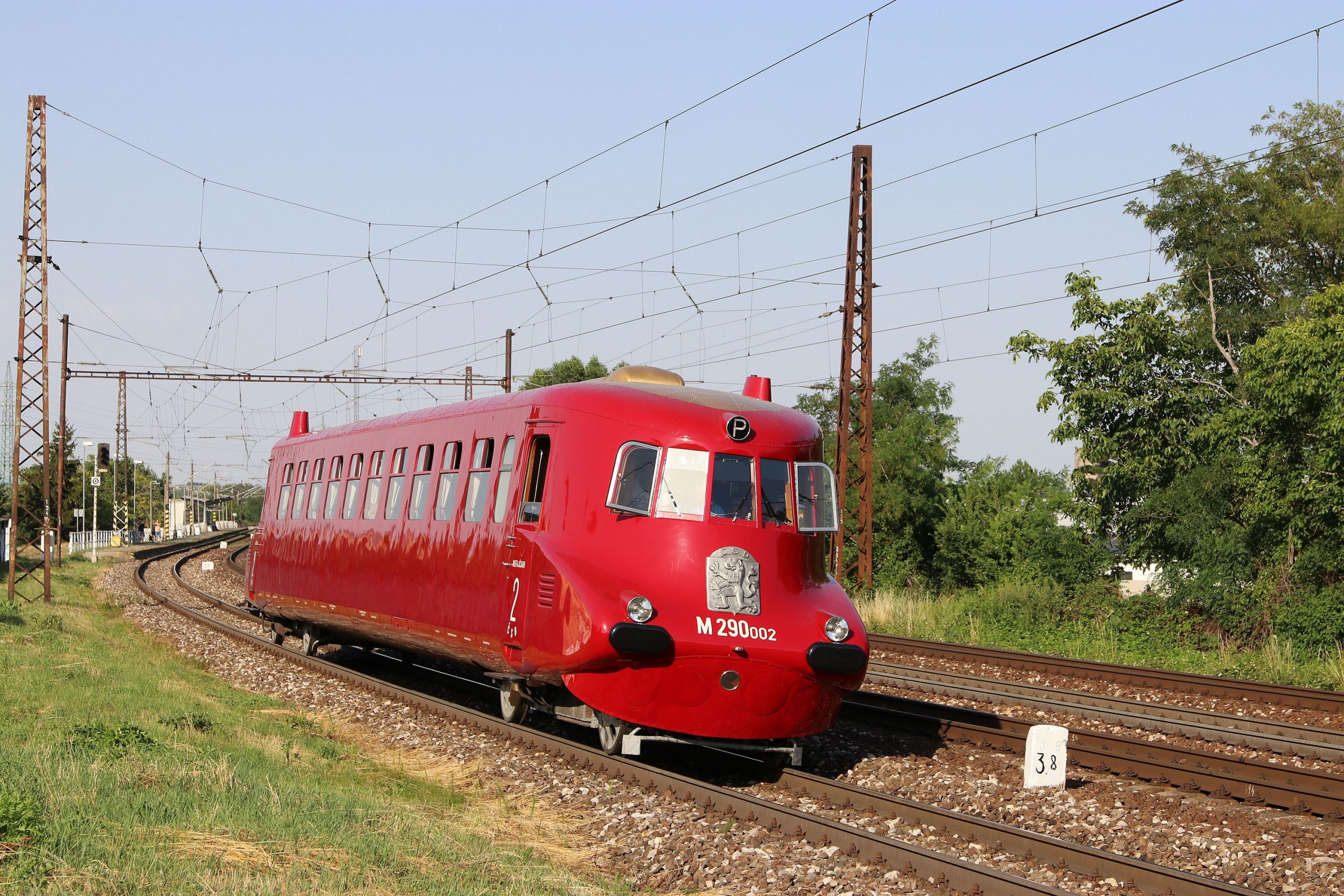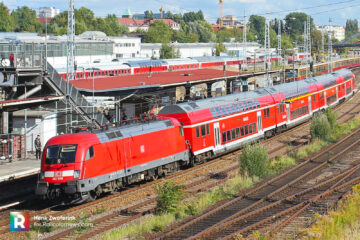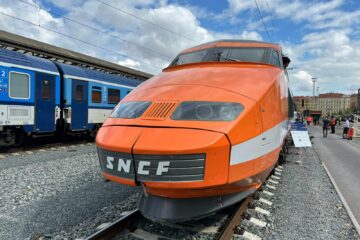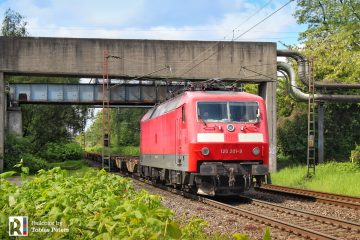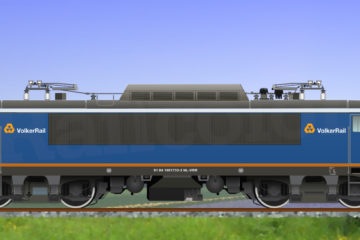Few trains go down in railway history as legends. Czechoslovakia had one such legend. It’s called the Slovenská strela. It was recently restored at a significant financial cost and presented at Rail Business days in Ostrava for a few hours.
About Slovenská strela
The Slovenská Strela, M 290.0 series motor units made by Tatra Kopřivnice in 1936 (indeed, that well-known truck manufacturer) became a legend of the railway transport of the first Czechoslovak republic not only because of its appearance but also because of its driving performance and original technical design. Only two units were produced and used for fast trains on the Prague – Bratislava line, which were put into regular service on 13 July 1936. On Monday at 5.50 a.m., the Slovenská strela left Bratislava’s central station for its first journey to Prague.
The Slovenská strela ran only on weekdays, and operating costs were lower than the revenue from ticket sales. The two units alternated daily on the Strela connection, with one unit running on Mondays, Wednesdays and Fridays and the second on Tuesdays and Thursdays and vice versa the following week. The operating costs of this train at the end of June 1937 were CZK 1,164,910.33, which after conversion amounts to CZK 5.26 per train kilometre, and revenue from ticket sales was CZK 1,387,679.40 and from the train’s cafeteria about CZK 10,000. Thus, the train was profitable at the beginning of its operation. Both units operated on the Bratislava – Prague line until World War II in 1939, when they were out of service in Prague. In 1945, they returned to regular service but stopped running on the Bratislava – Prague line. This lasted until 1952 when both units were withdrawn from service. Only one survived; the other was damaged by fire in 1953.
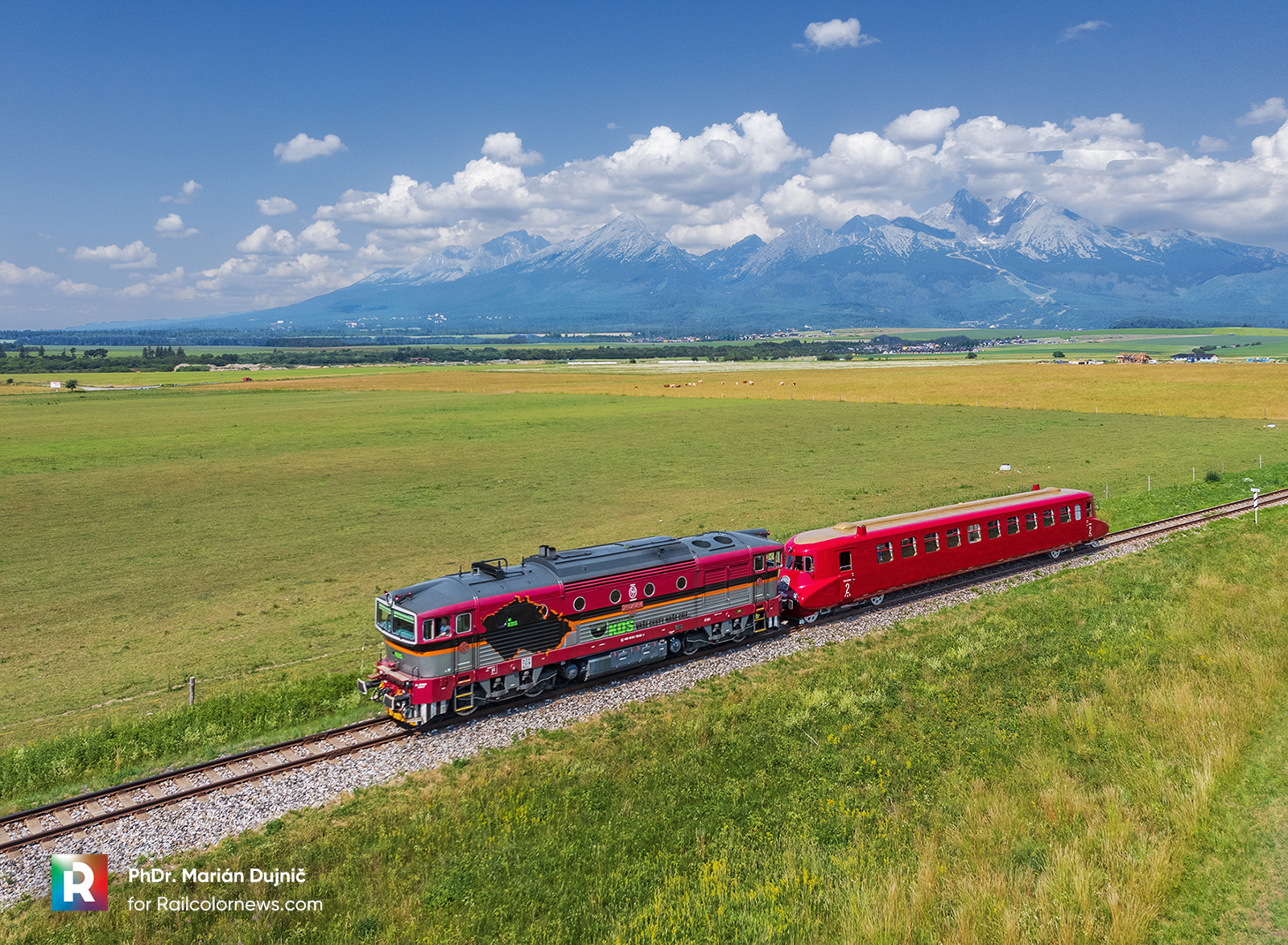
Distinctive design
The units were painted cherry red with a dark golden roof and had the Czech-Slovak national emblem on both sides of the front side, supplemented by the inscription ČSD. The unit’s overall design, which has been tuned to rounded shapes, is also stunning and unconventional. Vladimír Grégr, a renowned Czech architect, designed this unique design. In addition to the design of the Slovenská strela, he designed several famous villas in Prague and managed to draw passenger long-distance railway coaches.
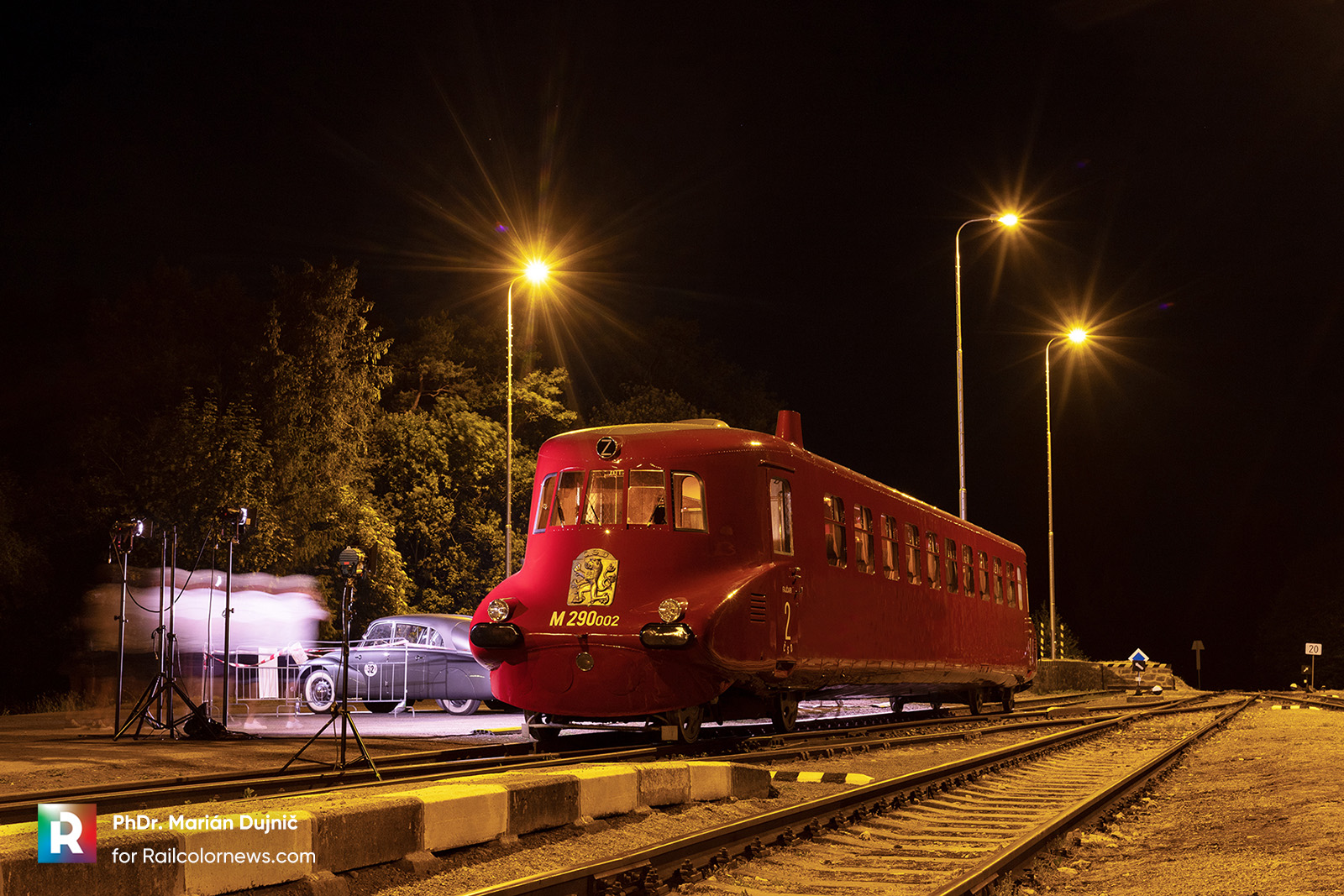
It has a unique drive
Unique about the railcars was their body and interior design and, above all, the electromechanical power transmission by Jozef Sousedík. Thanks to his patented system, the train starts on electric power and automatically switches to purely mechanical energy when the vehicle reaches a speed of 82 km/h. This makes it more efficient at higher speeds. Both railcars have been driven in regular traffic at speeds of up to 130 km/h, and in driving tests, they reached a speed of 148 km/h.
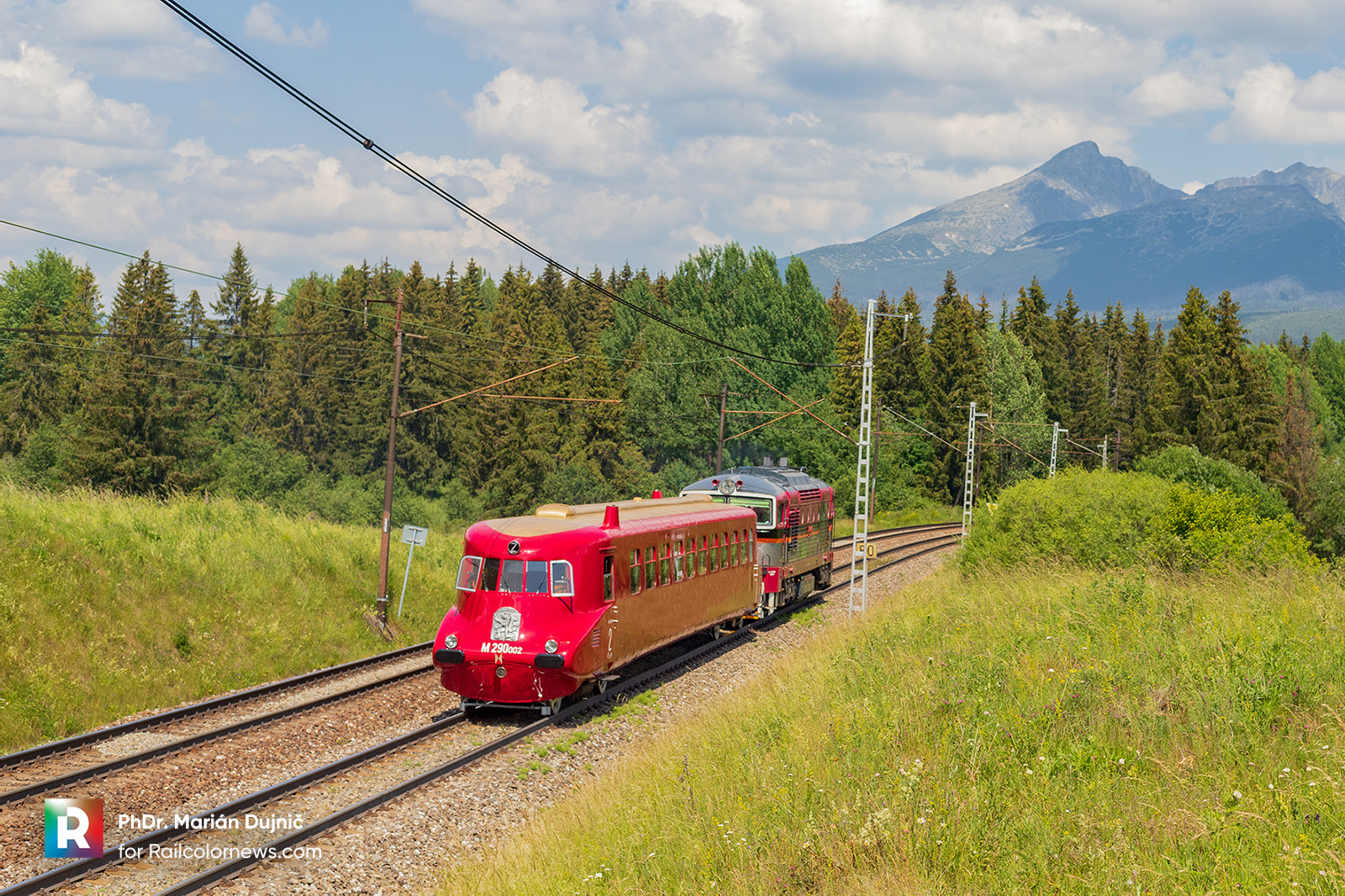
A beautiful and luxurious interior was a necessity of the time
The architectural modification of the carriage and the internal equipment of the carriage was designed by Ing. Arch. Vladimír Grégr, who tried to achieve an unusual refined effect both by colour tuning and the use of unconventional materials. The railcars were divided into two large compartments for smokers and non-smokers, with 72 seats and a driver’s cab on both sides. The twenty windows on these coaches were of the bus type and were open only at the top, with the seats of the soft cloth upholstered type. In the middle of the carriage was a buffet with a small kitchen where refreshments were sold, also served during the journey in a mobile minibar. The train had two toilets, and hot and cold water ran through the washbasins.
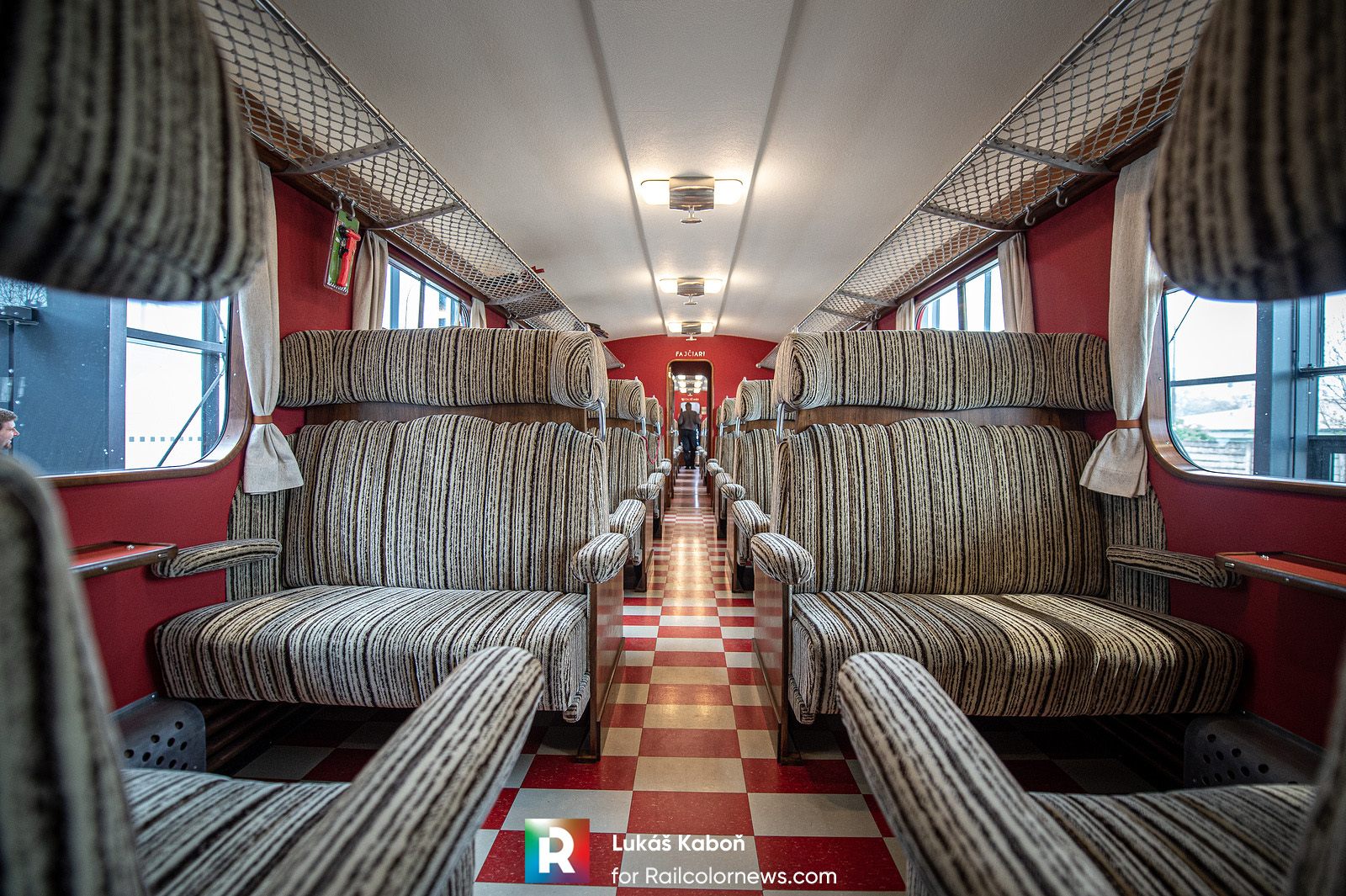
The renovation was expensive, but it was worth it.
As mentioned above, only one of the two units could be preserved after the closure. From 1960, it stood as a static exhibit in front of the Tatra Kopřivnice plant, where it was not protected from the harmful effects of the weather until 2018. In 2010, unit 290.002 was declared a National cultural monument, contributing to the fact that funds from the European Union could later be used for its extensive renovation to its original state. The renovation of the Slovenská Strela has been discussed many times, but it was only in 2021 that the whole plan was completed. It is also thanks to the fact that new owners from the Czechoslovak Group came to Tatra. They were unhappy with the unit’s state, and at the same time, they were aware of the value of the Tatra brand. The project’s total cost, including the construction of the depository, is estimated at EUR 4.5 million, and the renovation took almost three years.
It can go under its own power
The Slovenská Strela has been restored to working order and rarely can be seen on the track as part of significant events or as a costly paid private ride. It also graced the first day of Rail Business Days with its visit, where the unit was displayed for a few hours to the public. Because it is a rare and expensive exhibit, only selected guests from among the exhibitors and fair participants were allowed inside. At the same time, other visitors could view this gem from the outside. In the evening, the Slovenská strela was towed back to its depository in the premises of the Tatra company in nearby Kopřivnice.
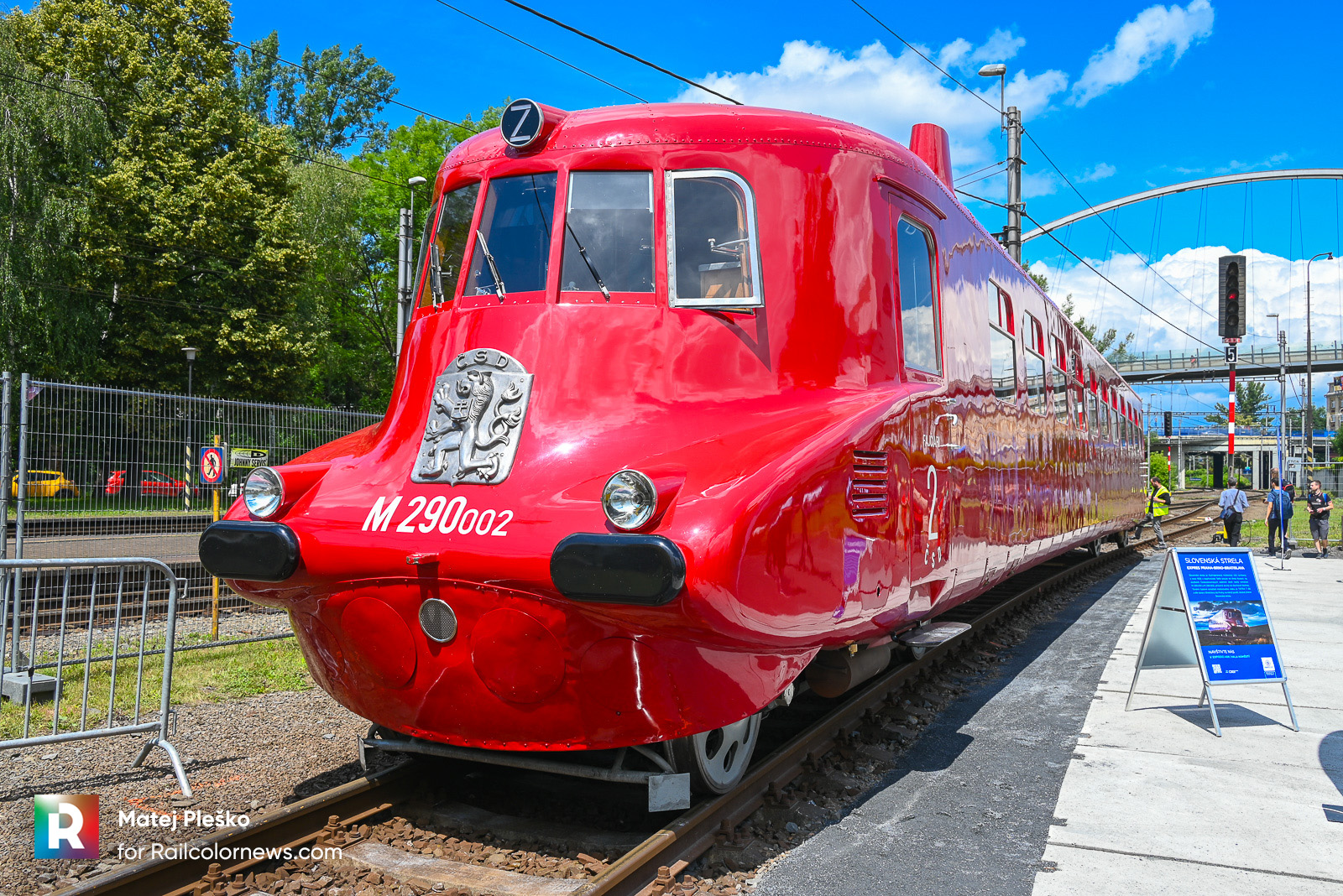
Update 11.07.2024
A nice historical event took place in 2022, which included the Slovenská strela. It was an event called 500 kilometres of Slovakia, where dozens of historic cars were driven across Slovakia. The event also included the first visit of this unique train after it was repaired. Laurent Kaeffer responded to our article by sending us a photo of the Slovenská strela from Bratislava as it headed to the Slovak Republic Transport Museum where it was for few hours presented to public.
